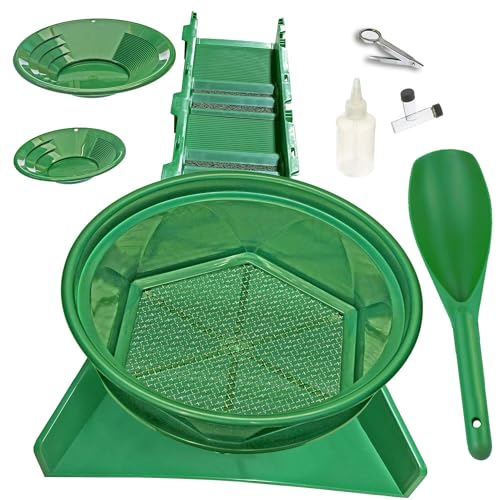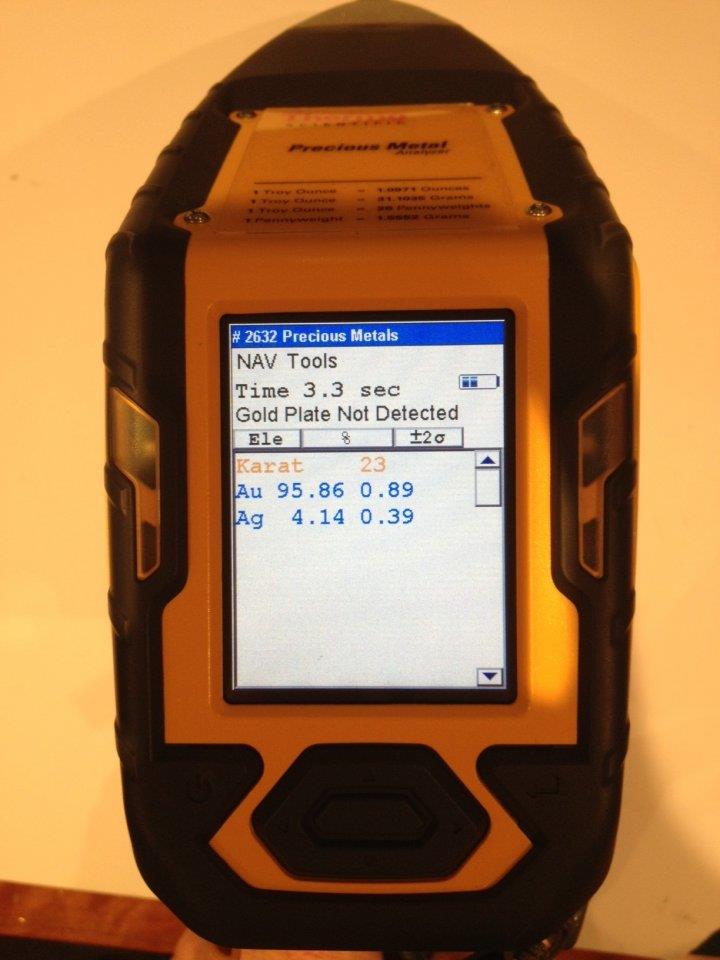Gold miner said:
Hey Mike,
Might as well keep going in this thread? (Unless Nugget wants to split it?)
I've got a couple of mates up here, that work as geo-pigs, with a big mining company.
Seemingly, they 'just walk around the bush with XRF guns'...?
They log their travels and XRF stuff throughout the day....
Then the real Geo's apparently put this into some software program and this helps tell them where the Drillers should go...
Then the drillers do their cores, and ...then...open cut !!!
When I was talking to these guys, prolly four/five years ago, they said the 'XRF guns were about $70-80k'... I thought it was a great idea, but splashing that cash was a bit rich !! You were saying around $20k for one, well thats more affordable if they can prove to be an asset for a small time miner!
Can you possibly explain the process with XRF detection?
Is it as simple as pointing the gun in the ground and getting a sample?
I do understand some UG theory such as GPR etc, but I am lacking research on this!
Care to comment???
Hi Gold Miner
As the technology gets better and sales increase we see pricing drop. Great for us.
Today's portable XRF devices are user friendly and exceptionally reliable. But still require care as they do use Xray.
Basically the have an internal calibration which is done every time you start the device, once calibrated it is as simple as point at the target area around 10mm and squeeze the trigger.
Within 15 seconds you will have a result of the target minerals percentage.
Not volume or yield only quality. It will only tell you if the target mineral is present not the % per ton etc.
Depending on the target minerals you can get different machines and calibrations, which will have different costs. The more it can identify the higher the cost.
If you are targeting metals the machine would be around 20K if you were looking at gases ETC then up to 45K.
With our mining we do test the surface in most areas, but generally we have to drill core samples. We can overlay the results on a GPS mapping program we have, this is useful for future plant placement as well as overburden, dams and camps.
All the mining we have been involved in has been open cast alluvial down to 20 meters in some cases, but ground penetration and location is not something we have used.
But if you a working a shaft or vein it could save you removing dead ground by following the run more accurately.
If you do buy a XRF it might be a good investment to get one with extra capabilities, you never know you might find the next big deposit of ?????? by accident.
Cheers
Mike

























































